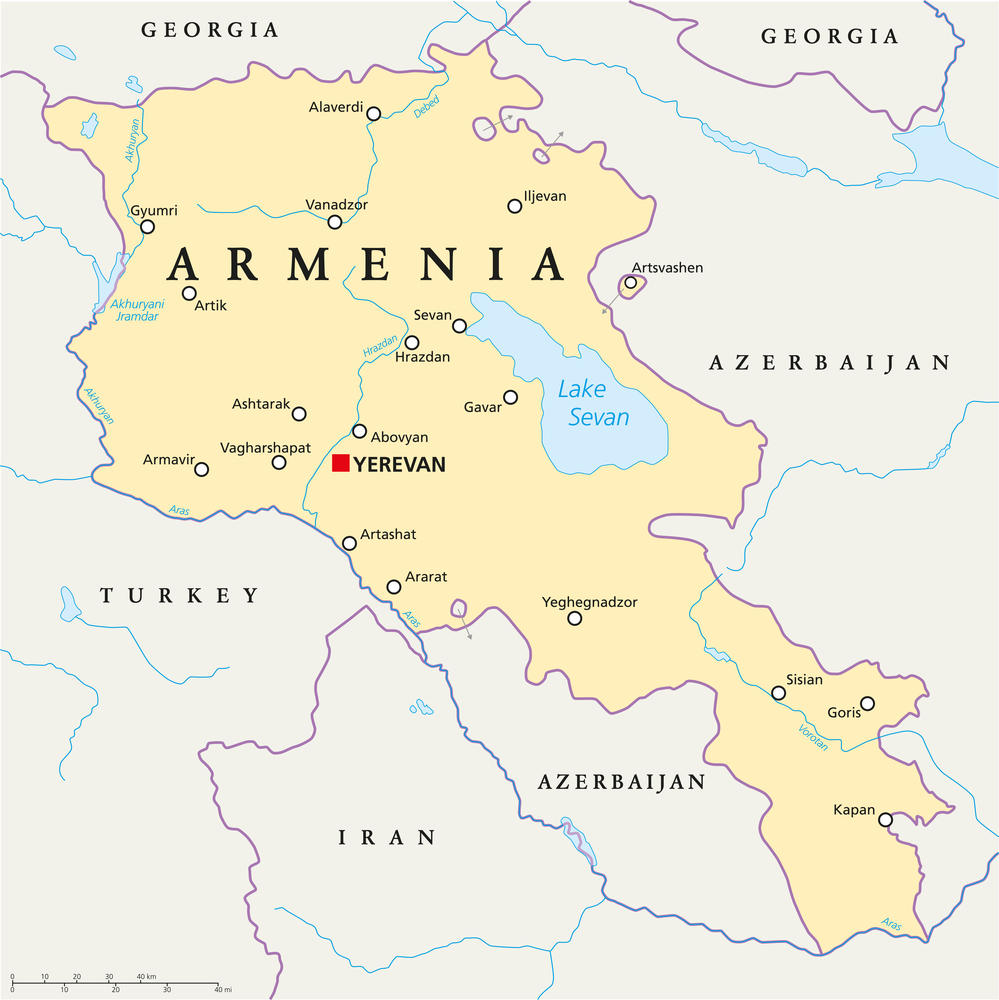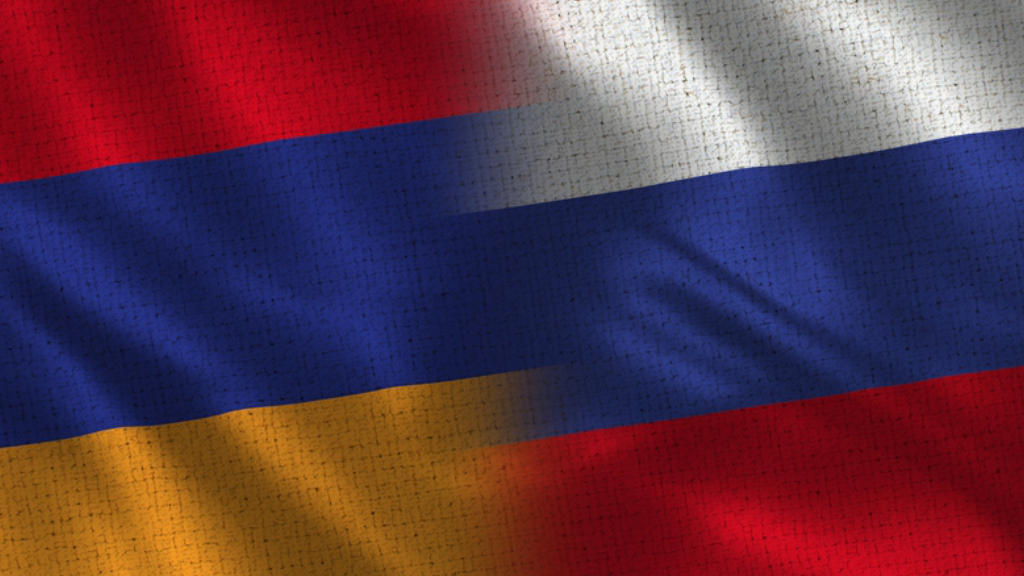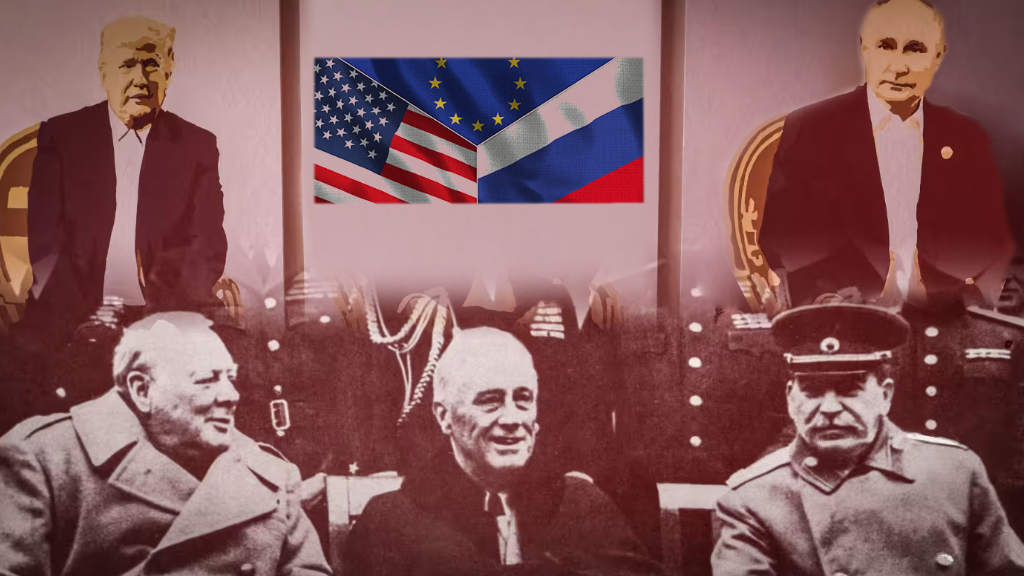The Russian President Vladimir Putin has met with visiting Armenian Prime Minister Nikol Pashinyan in Moscow, shortly after hosting Azerbaijan President Ilham Aliyev. The main focus of the meeting was the Armenia-Azerbaijan peace process, with both sides working on the final conclusion of a peace treaty. They signed regulations on the joint activity of Armenian-Azerbaijani border delimitation commissions on August 30, 2024. Both countries have launched their respective parliamentary procedures to approve the document.
A Russian peacekeeping contingent had been deployed to the Karabakh region in October 2020 after the end of Armenian-Azerbaijani hostilities, however given the détente, was able to withdraw in June this year.
Russia would prefer normality in Armenian-Azeri relations, both are members of the Commonwealth of Independent States (CIS) trade bloc that Russia wants to expand, and both are key for developing parts of the International North-South Transportation Corridor (INSTC). In addition to this, neighbouring Georgia is about to have its own parliamentary elections, the outcome of which could affect Armenian and Azerbaijani relations with the breakaway Caucasian Republics of South Ossetia and Abkhazia. We discussed these issues here and here.

Pashinyan said of recent Armenian dialogue with Russia that “I am very happy to note that our political dialogue has been quite active in the past few months. Russian Prime Minister Alexey Overchuk visited us; we held a meeting of the intergovernmental commission and thoroughly discussed all bilateral issues. We held a meeting of the EAEU intergovernmental council in early October. I discussed cooperation issues and the Armenian-Russian agenda with Russian head of government Mikhail Mishustin. I am pleased to have a chance to summarize these discussions today.”
While in Moscow, Pashinyan will also take part in the Commonwealth of Independent States (CIS) annual summit. The CIS leaders are expected to sum up the results of Russia’s CIS chairmanship and make plans for 2025, holding one-on-one and expanded talks and signing a number of documents.
In terms of bilateral trade, as Russia reorients its foreign trade from its previous close ties with the European Union, Armenia has been benefiting significantly in acting as a convenient re-export hub. The country has also received thousands of Russians who have been relocating to take advantage of this and creating businesses of varying sizes. This resulted in increased money transfers between Russian and Armenian banks over the past two years totalling a staggering US$3.6 billion. The withdrawal of Western companies from the Russian market has also made it possible for Armenian suppliers to expand their businesses across Russia.
Bilateral trade turnover reached US$7.3 billion in 2023, a record high, partially driven by European manufacturers wanting to sell to the Russian market but unable to be seen doing so directly. Putin stated at the meeting that 2024 trade figures wee likely to hit US$14-16 billion. He also stated that Russian investors had placed about US$4 billion into the Armenian economy in terms of new business startups and Joint Venture partnerships.
Putin also noted that Armenia benefits from participating in the Eurasian Economic Union (EAEU), saying that over the last decade, Yerevan’s trade turnover with the countries of the economic organization increased fourteenfold.
However, there are some frictions, including controversies over Armenia’s participation in the Collective Security Treaty Organization (CSTO). Armenia announced in May that it would not partake in the future financing of the CSTO. This is a Eurasian bloc that also includes Belarus, Kazakhstan, Kyrgyzstan, Russia and Tajikistan. It came to the aid of Kazakhstan in 2022 when civil unrest threatened the political stability in the country. Armenia has also suggested it might hold a referendum to assess support for joining the European Union, another move that has not gone down well in Moscow but might be an attempt to extract some trade concessions.
The boom in trade continues however, with H1 2024 volumes double those of 2023.
Armenia’s re-export capabilities have proved significant in supplying Russian consumers with products and brands no longer sold directly in Russia, and are well reflected in the changing structure of bilateral trade. Prior to 2022, Armenia exported mainly agricultural products, raw resources, and a limited amount of technologies, however in 2022 the situation drastically changed.
Aside from the plethora of third party re-exports from across Europe and Turkiye, Armenia itself exports various food and agricultural products, textiles, precious metals and stones, machinery, equipment, and chemical products to Russia. Armenia imports energy from Russia (oil, gas and petroleum) in addition to precious stones and gold, as well as a variety of industrial products.
Further Reading





